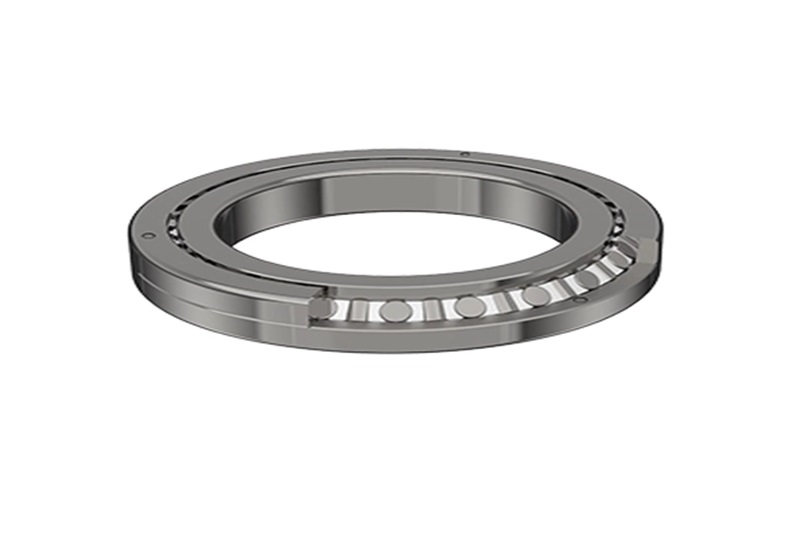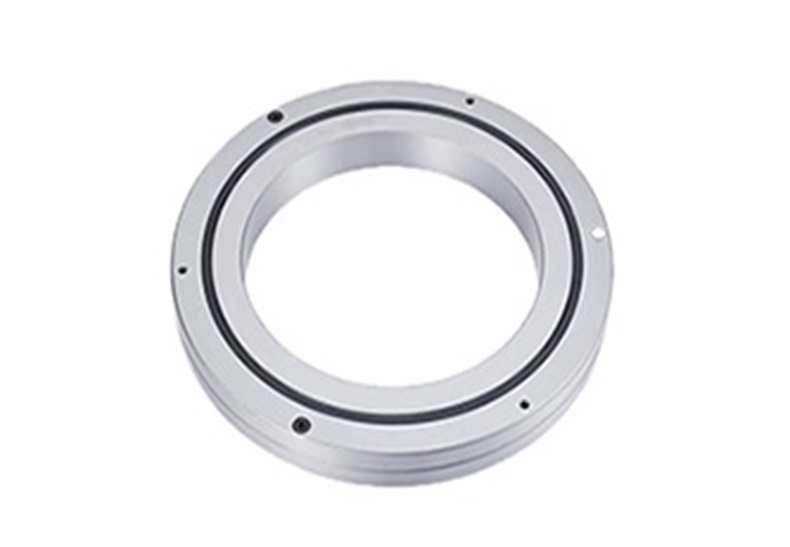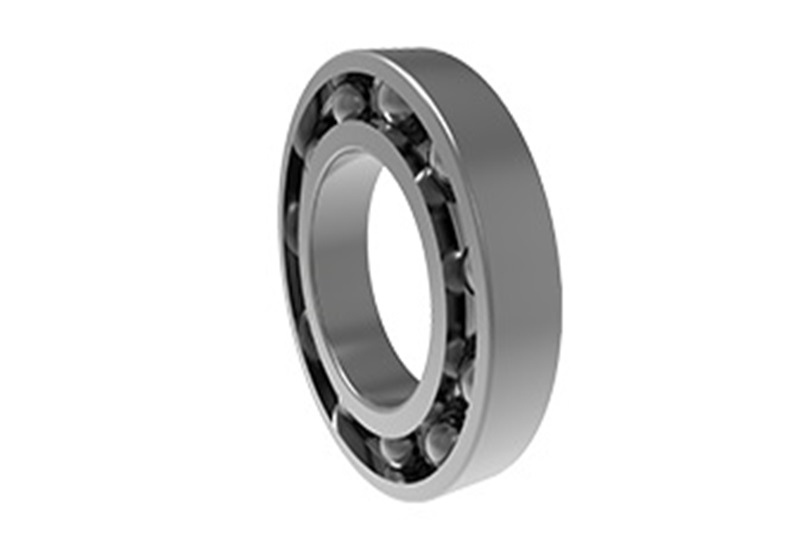Pay Attention to the Details of the Installation and Removal of the Slewing Bearing
Slewing bearings are widely used in modern industries, but due to the large variables in the use of equipment, during the use of slewing bearings, it is necessary to pay attention to the details of transportation, storage, protection and installation.
Ⅰ. Details when installing slewing ring bearings
1. Installation plane
When installing the slewing bearings, the surface should be bright, and all excess substances such as paint residue, welding beads, burrs, etc. should be removed. When cleaning, be careful not to let the solvent penetrate into the inside of the slewing bearing, and do not use solvents that damage the sealing material. The mounting surface should be dry and free of lubricants before assembly of the slewing bearings. Approaches should be taken to protect workers and the environment. Errors in the flatness of the mounting surface must be detected for circumferential errors and radial errors. The circumferential flatness tolerance value has a corresponding specification value range with the diameter of the slewing bearing raceway. In order to prevent the unevenness of the installation plane or the deformation of the bearing from overloading the slewing bearing part, the circumferential flatness error can only have one wave ups and downs within any 180-degree range, and the change is gentle.
2. The stiffness of the support
The standard slewing bearing and the zero-backlash slewing bearing have different requirements on the rigidity of the bearing.
3. Positioning
The inner and outer ring raceways of slewing ring bearings have a soft band, which should be placed on both sides of the main load plane. That is, it is 90 degrees staggered from the main load area. There is a blockage or "S" mark on the soft strap. In addition, it is necessary to check the compliance of the slewing bearing with the mounting surface, usually with a feeler gauge. If the compliance is not good, fill it with appropriate materials. After the slewing bearing is installed, it is forbidden to carry out welding operations on the support.
4. Reinforcement bolts
On the one hand, regular mounting bolts and washers should be used. In addition, it should be noted: do not use full-threaded bolts, do not use old bolts, nuts and washers, and prohibit the use of open washers such as elastic washers. On the other hand, the pre-tightening force of general metric bolts is recommended to be 0.6-0.7 times the yield strength of the bolts. It is recommended that the bolts larger than M27 should be hydraulically fastened and installed, and the pre-tightening force should not exceed 85 of the yield strength.
Ⅱ. The disassembly method and details of the slewing bearing
1. Disassembly of the outer ring
Disassemble the outer ring with interference fit, set several outer ring extrusion screws on the circumference of the casing, tighten the screws with equal ground, and remove them at the same time. These screw holes are usually covered with blind plugs, separable bearings such as tapered roller bearings, and several incisions are set on the shoulder of the housing. Use spacers to remove them with a press, or tap them lightly to remove them.
2. Disassembly of cylindrical bore bearing
It is easier to pull out with a press. At this time, pay attention to let the inner ring bear its pulling force. The disassembly of the inner ring of the large slewing bearing adopts the hydraulic method. Oil pressure is applied through the oil hole provided on the shaft to make it easy to pull out. Bearings with large widths can be disassembled only by using the hydraulic method and the drawing fixture together.
3. Disassembly of tapered bore bearing
Remove the relatively small slewing bearing with an adapter sleeve, support the inner ring with the stopper fastened on the shaft, turn the nut back several times, and use the spacer to knock it out with a hammer. For large bearings, it is easier to disassemble by oil pressure. The oil hole on the tapered hole shaft is pressurized to send oil to expand the inner ring to disassemble the slewing bearing. During operation, there is a danger of the bearing suddenly coming out. Try to use the nut as a stopper as much as possible.














 English
English  français
français  Deutsch
Deutsch  italiano
italiano 



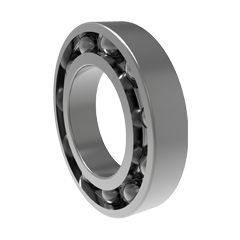
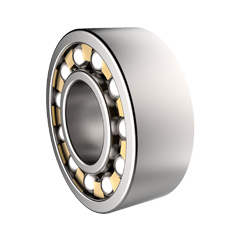
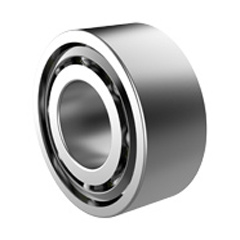
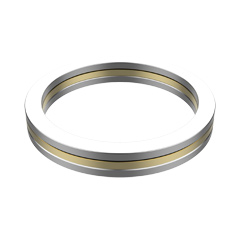
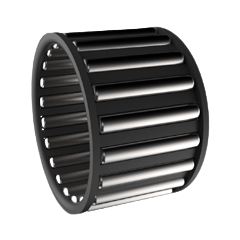
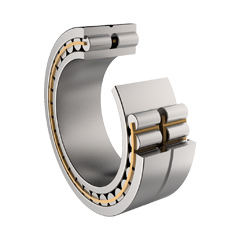
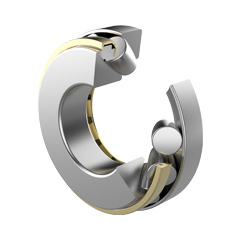
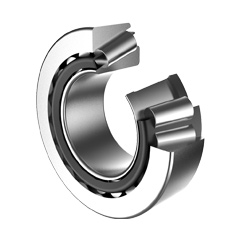
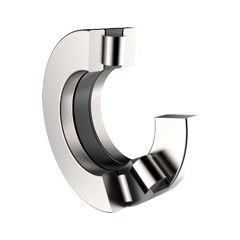
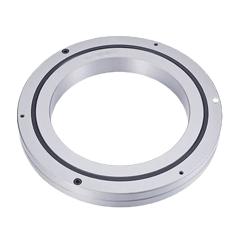
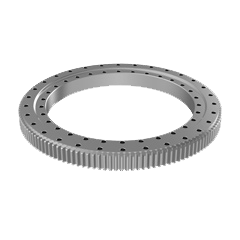

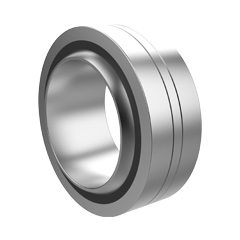

 English
English  français
français  Deutsch
Deutsch  italiano
italiano 

